Breed Type: Spitz (Non-Sporting?)
Country of Origin: China
Popular Names: Shar Pei, Chinese Fighting Dog
Size: Medium
Height: (At the withers) 45 – 50 cm
Weight: 18 – 25 kg
Best suited as: Pet or show dog with an active owner or family. May be used as a working dog to herd or guard livestock.
Lifespan: 7 – 12 but most only live to 10 years at the most
Intro
This ancient breed is the only dog other than the Chow Chow to have a blue-black tongue. The Shar Pei’s name likely comes from the Cantonese words that mean “sand skin†in reference to the texture of its coat.
Appearance
This dog has a broad head, a padded muzzle shaped like that of a hippo’s, dark, sunken almond-shaped eyes, and very small, triangular ears that lay flat against the skull. One of the many distinguishing features of this dog is the wrinkles on its face, base of the tail, and shoulders. Puppies have more wrinkles than adult dogs. The nose can be brick (pink with black) or black. Some dogs are “dilute,†which means the anus, nose, and nails are all the same colour as the coat.
These dogs can come in one of three coat types: brush, bear, and horse coat. Brush-coated dogs feel slightly smoother than the other types, and have slightly longer hair that the others. The bear coat is rare and not accepted by some kennel clubs. It has an undercoat and hair longer than 2.5 cm in length. Horse coat dogs have stiff hair that stands straight off the body and a “snake tail.†Horse coat dogs are thought to be more active and dominant than brush coat dogs. Brush coated dogs tend to be more like couch potatoes than their horse coat counterparts.
There are two types that are different in appearance: the regular type, and one called “traditional,†which is most popular in the home country of China and is taller, has a flatter nose and mouth, has fewer wrinkles, and is horse-coated.
They come in more than 16 colours, including blue, red, black, fawn, cream, red-fawn, apricot, sable, Isabella, blue, and chocolate. They must have solid colouring; any black and tan colouration or spotted coats are disqualified. They may have a black mask around the nose. They all have blue-black tongues.
History
These dogs come from the Guangdong province of southern China. Pottery and statuary dating to around 200 B.C.E. shows dogs closely that closely resemble the modern Shar Pei. They were kept as general farm-purpose dog and made excellent hunting companions, stock guardians and herders, and home protectors.
Later in this dog’s history it was used in dog fighting. Its prickly coat and loose skin helped it fight off attackers and evade being caught.
During the time of the Communist Revolution this breed almost died out. A 1973 appeal from a businessman named Matgow Law convinced Americans to help the breed survive. The Guiness Book of World Records in 1978 said there were only 60 living dogs in the world. Two hundred Chinese Shar-Peis were smuggled into the U.S. and all American dogs of this breed now come from those original 200 dogs.
Famous Shar Peis include the one in Purex toilet paper ads in New Zealand and Australia. NKOTB member Jonathan Knight had one that he took on tour with him, and a host of other dogs that have appeared in television shows, movies, print ads, and commercials.
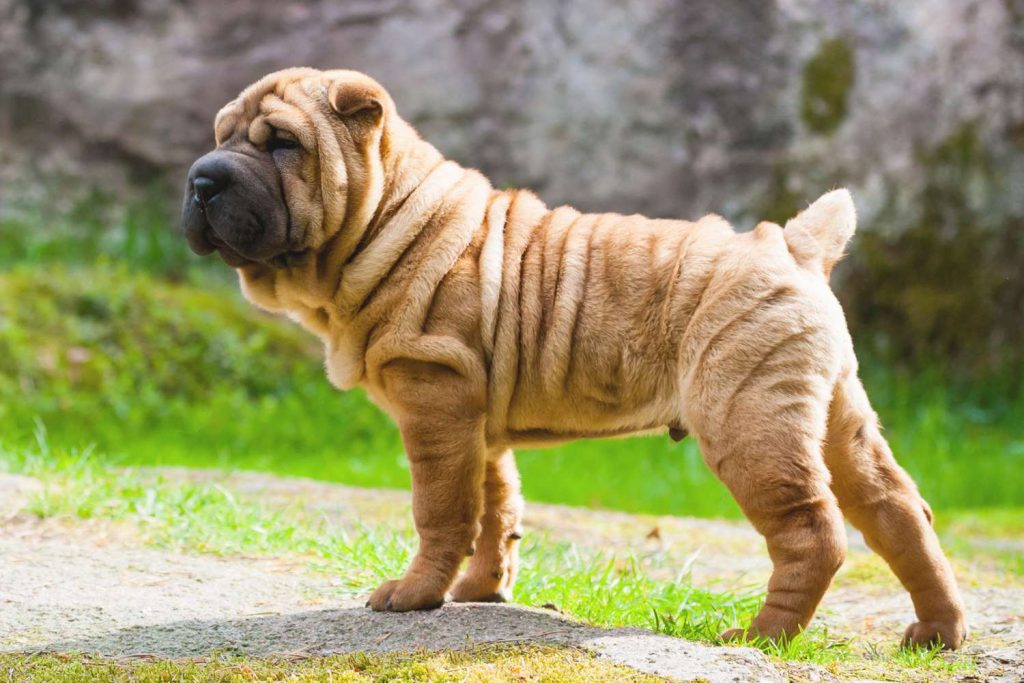
Temperament
They are reserved, independent, and tend to be suspicious of strange people. This makes them very good guard dogs. They are, however, very affectionate, loyal, and devoted to their family members. They must be socialized from an early age, to help them be amenable to accepting different people into the home and out in public. They need to be exposed to different situations and dogs as well. If socialization is neglected, they can become aggressive and territorial. They can become dog-aggressive and male dogs should be neutered unless in a breeding program. They are mostly quiet, but can bark at strangers, or when worried or playing.
They can be trained, but tend to get bored so sessions should be brief and varied. They are wilful and naturally assume leadership roles so their owners need to be consistent and set firm boundaries and rules. They need experienced dog owners who are patient and up for the challenge.
They are easy to housetrain; they practically train themselves. They are very clean and will not dirty their home areas. They will not tolerate rough playing by children and will bite or snap to show displeasure. They gurgle, snore, snort, and grumble 24 hours a day. They may also drool and slobber when they get excited.
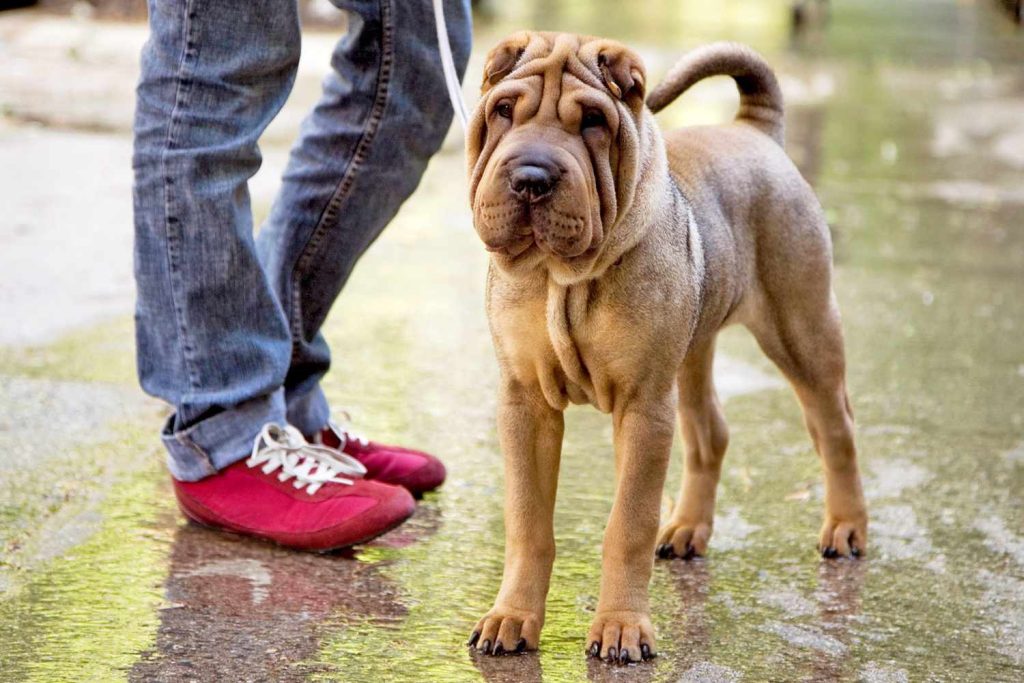
Care and Grooming
They are minimal shedders and require brushing only once a week or so to remove dead hair. They need a bath only once every three months unless they roll in something nasty; they are naturally very clean. The most important grooming job for these dogs is keeping their wrinkles clean and dry. After getting wet from a bath or walk in the rain, you must dry their wrinkles to prevent fungal or yeast infections. Weekly inspections of the wrinkles also help reduce infection.
Besides wrinkle cleaning, they must have their ears inspected and cleaned once a week, and need their teeth brushed once a week. Never stick anything into a Shar Pei’s ears – the short ear canals are susceptible to hearing damage. Ask your vet to show you the best way to clean your dog’s ears. Aside from these tasks, they also need their nails clipped once a month unless they wear them down outside on rough surfaces.
They have low to moderate exercise needs. A few walks a day or an extended hike or run is enough to satisfy their requirements. They are fairly active indoors so need a larger home in which to live.

Health
They usually live 9 or 10 years. Careless breeding has resulted in quite a few health concerns like allergies, hip dysplasia, generalized demodicosis, congenital idiopathic megaoesophagus, patellar luxation, hiatal hernia, pyoderma, mast cell tumours, hypothyroidism, amyloidosis, entropion (very common), cancer, swollen hock syndrome, cataracts, cherry eye, urinary and renal infections, and a host of skin disorders.
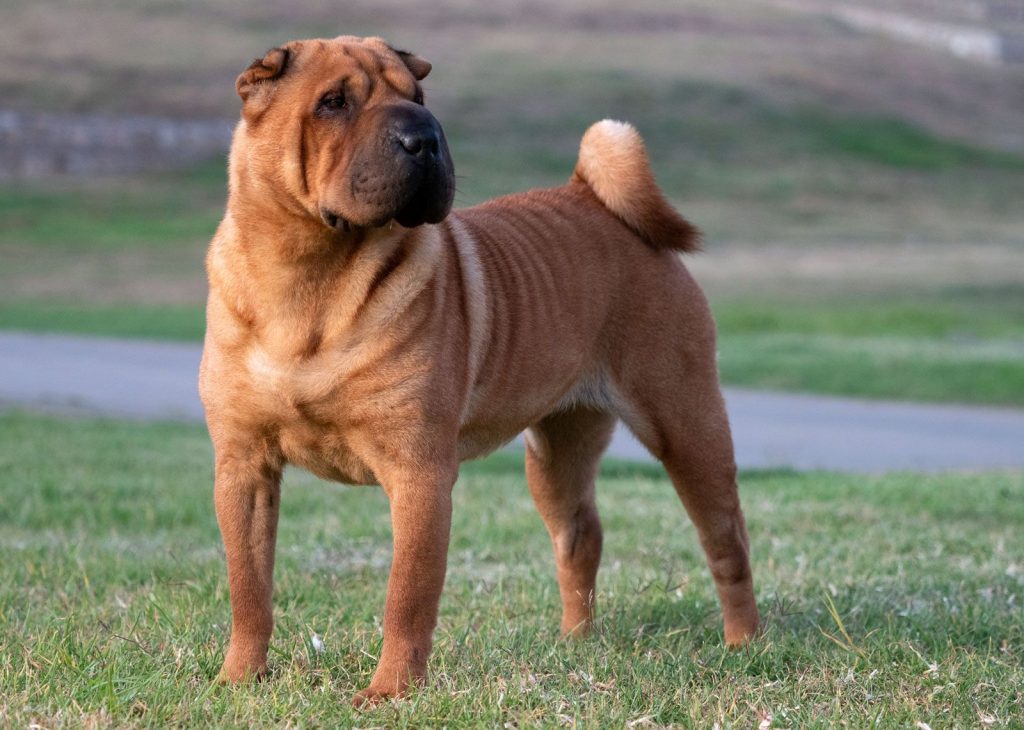
Suitability As A Pet
These dogs are not suitable for novice dog owners. Their hunting instincts make them unsuitable for farm living unless you have a fenced-in enclosure where they can be safe without taking off after wild animals. They make great city dogs, but need a larger home in which to live. They are not good around children and they’re probably not safe to have around cats and other small pets.
Chinese Shar-Pei Organisations in Australia
Shar Pei Breed Rescue
Contact : Tiantan Shar Pei
Email : tiantan@aapt.net.au
Chinese Shar-Pei Organisations in the UK
Shar Pei Rescue.
Chinese Shar-Pei Organisations in the US
American Kennel Club – Chinese Shar-Pei
Chinese Shar-Pei Club of America
Did we miss your organisation? Let us know. Contact Us
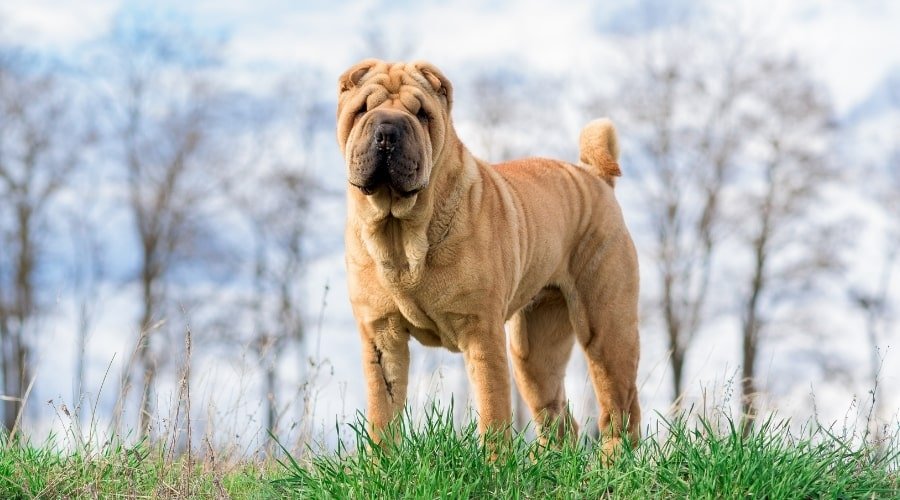
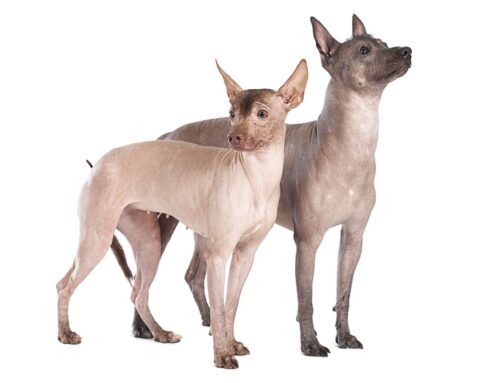
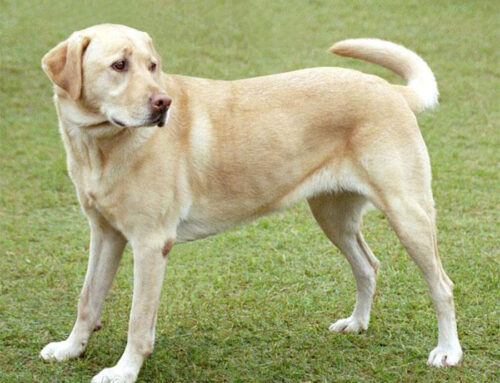
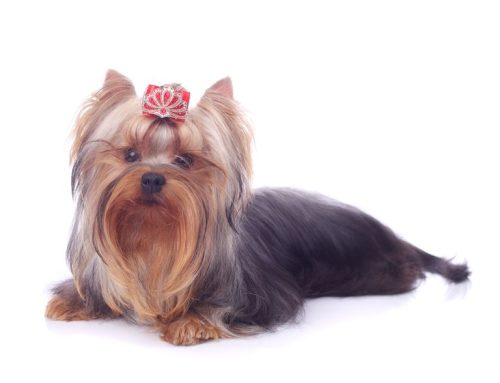
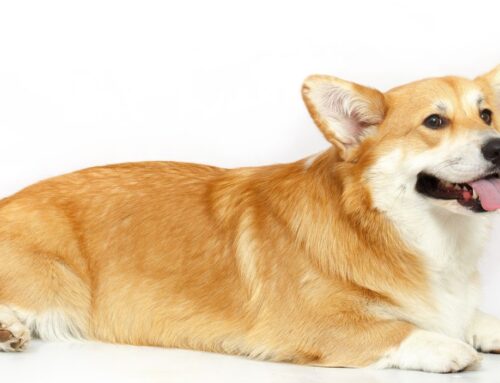

Leave A Comment